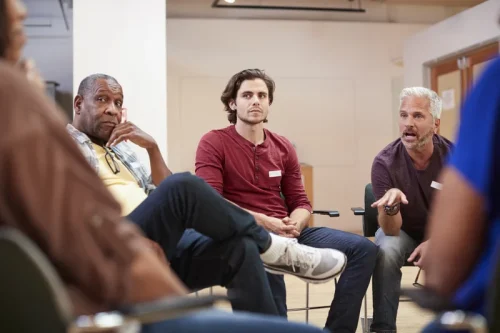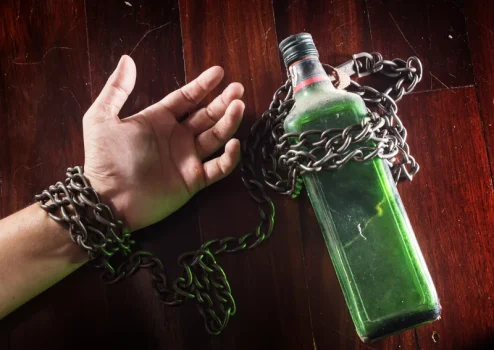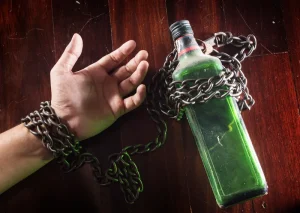
As patients fill in where the milestones are on the timeline, they also draw symbols that represent the event. Expressive arts therapy incorporates elements of all forms of creative expression into a multimodal expressive form of integrative psychotherapy (Knill et al., 2005). The article will also introduce training programs and degrees in expressive arts therapy and present a brief review of some of the best books on the subject. During the Lighthouse activity, patients have to visualize that they are lost at sea. A distant lighthouse is their only point of guidance.
Watercolor Your Emotions
Keep collecting things until a year from the day you began. Once you’ve hit a year of collecting, you can look back at your memories. Slowly add water while mixing until you get a mixture that has the consistency of playdough. Next, mold the dough until it’s shaped like a heart (you can make it as big or small as you want) and create the fingerprint impressions. Lastly, place the charm on a baking tray lined with a baking sheet and place it in the oven at 250 F/ 120 C for 2 hours.

Physical and Mental Relaxation

Her immense guilt seemed to rule her decision-making more often than not, and it seemed to extinguish any instincts she may have felt with regard to self-care. In my experience, it’s most helpful to leave some parts of the activity open-ended. In other words, don’t specify what kind of bridge or body of water they should depict. This version of the bridge drawing technique comes from the Handbook of Art Therapy, from the section on clinical application with adults. In the chapter on using art in counseling, Gladding and Newsome (2007) describe a solution-focused bridge drawing. Sometimes the clients we work with come to therapy because somewhere along the way, they got stuck in a life transition.
- Some people believe that art therapy is the province of children, and that most adults would balk at the suggestion of making art in sessions.
- For adults in recovery, this form of therapy becomes even more poignant.
- These can be purchased at a craft store or taken from other pieces of jewelry.
- Glue the phrases onto the cardboard to create a collage of positive, self-healing words.
- Draw an illustration for your favorite fairy tale.
- A cerulean blue might evoke calmness, while a fiery red could represent anger or passion.
Activity #3: Collage Creations For Insights
This can be anything from old letters, movies or bus tickets, photos, etc. As they fill the jar with these emotion-evoking items, they’ll remember positive moments in their lives and bring up good sentiments. By expressing themselves artistically, individuals can reshape and redefine their narratives. They are not just patients or survivors; they are creators, artists, and storytellers, which can be a powerful boost to self-esteem. Once completed, the artworks are showcased side by side, forming a collective exhibition. Start by choosing a theme or central idea for the mural, something that resonates with the group’s shared experiences or goals.
Drawing and painting
Apply paint to a sheet of paper with plenty of water. art therapy ideas for adults in recovery At the very end of the work, blow color spots through a thin tube, forming droplets, splashes, and color mixing. This exercise hones hand coordination, helps to overcome stress.
Start a Memory Box

Through the creative process, individuals can confront, analyze, and understand their emotions, beliefs, and experiences, leading to heightened self-awareness. The rhythmic motions of brush strokes, the blending of colors, or the molding of clay can be meditative. Engaging in these activities often induces a state of ‘flow,’ where external stresses fade away, and the individual is fully immersed in the creative process. Among the different tools available, creative expression stands out as a potent avenue for healing. This can be especially potent for those who find it challenging to put their experiences into words.
Best Art Therapy Exercises for Addiction Recovery
Learning to process these overwhelming emotions is one of the most important steps towards long-term recovery. The creative process allows patients to access repressed feelings and begin to understand the underlying sources of their addictions. As children, we’re shown how to color and paint pictures in ways that show off our creativity. Many people stop drawing or creating art as they get older, and unfortunately, we’re no longer encouraged to use creative expression in our daily lives. However, art can be an effective tool in helping those with substance use disorder (SUD) reach and maintain recovery. Treatment providers have used art therapy in addiction treatment since the 1950s.

Art Therapy Ideas & Art Therapy Exercises: Your Path to Harmony from Artistro
List all of your relatives on a piece of paper. The goal of such art therapy techniques is to diagnose family relationships. It’s usually led by a trained therapist who is licensed to help recovering addicts heal from the effects of addiction and learn how to best express their emotions. Art for recovery has the potential to positively impact a patient’s well-being by addressing and alleviating emotional and physical issues. Creating recovery art is also beneficial for helping patients express thoughts and emotions that may be difficult to express in words.
- Sometimes when people experience trauma, their brains and bodies go into protective mode, locking down the painful memories and physically embedding sensory data for future reference.
- You can find it in many different settings, including residential recovery centers, medical facilities, schools, psychiatric units, and community mental health centers.
- These settings can provide a vital lifeline, offering a creative outlet and a supportive community.
Activity #5: Expressive Writing And Poetry
- They offer a simple, accessible prompt that can elicit so much meaning.
- Then, you can add items that represent your idea of self-care.
- It doesn’t need to make logical sense; the act of creating is itself a form of processing and release.
- The art therapist can also offer some general prompts, such as “Are there moments that inspire happiness?
- Exercise helps to overcome emotional stress, develops imagination.
- Here are some tips to ease into the world of art therapy, making the experience enriching and therapeutic.
Gather images and words that symbolize the life you https://ecosoberhouse.com/ desire and where you want to be. Creating a visual representation of your recovery goals can be incredibly motivating. It’s about the relationship between hands, material, and the emotions that come to life as they intertwine. Painting gives you the clarity to see your feelings laid out before you, making them more accessible for examination and understanding.
